Deeply influenced by his sojourn in South America and Africa in the 1950s, Go Yayanagi’s artistic pursuit is rooted from his daily interaction and studies of nature and animals. His works are characterised by fanciful figures, refined black lines and vibrant colors. Yayanagi coined the term ‘Pop-Uki’, which combines ‘Pop Art’ and ‘Ukiyo-e’ to describe his unique style of paintings and prints. The artist views Ukiyo-e as a traditional form of Japanese Pop Art and aims to incorporate contemporary pop culture and personal experiences into this traditional medium, employing a fresh aesthetic approach.
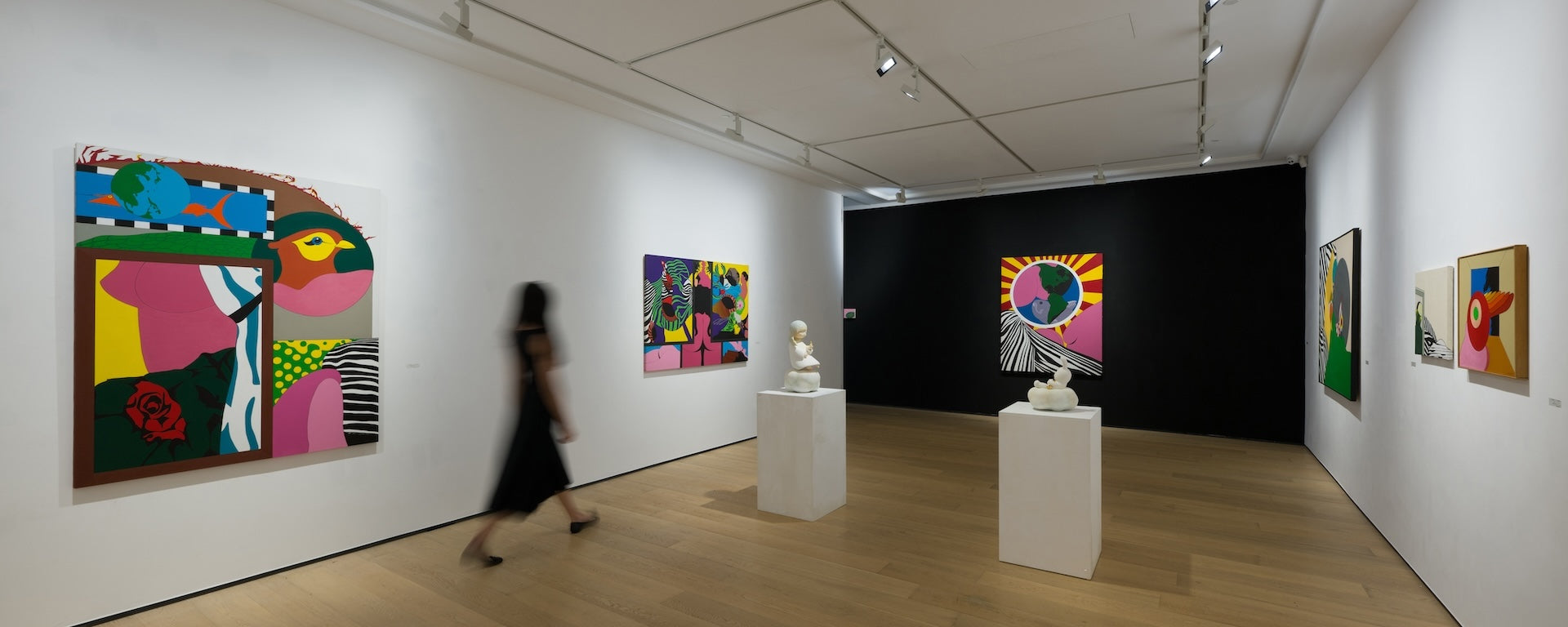
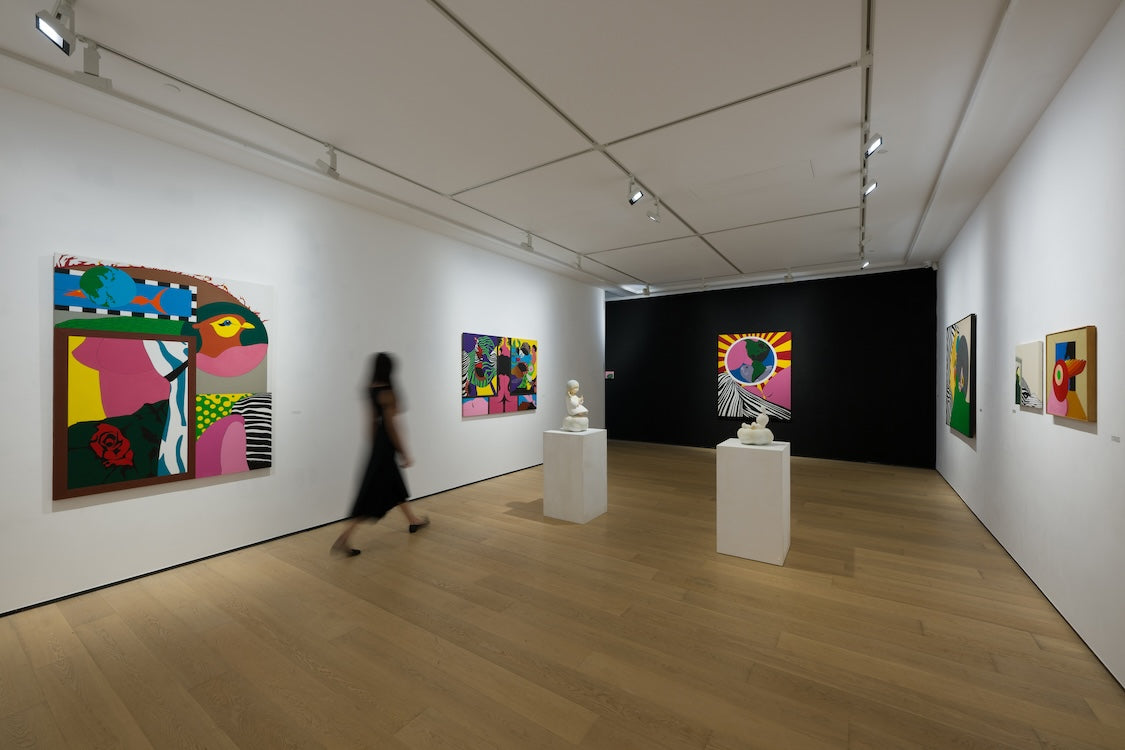
Fantasia: Go Yayanagi, Nobuko Watabiki and Miyako Terakura
HK H Queen’s 8/F
2024.05.18 – 06.15









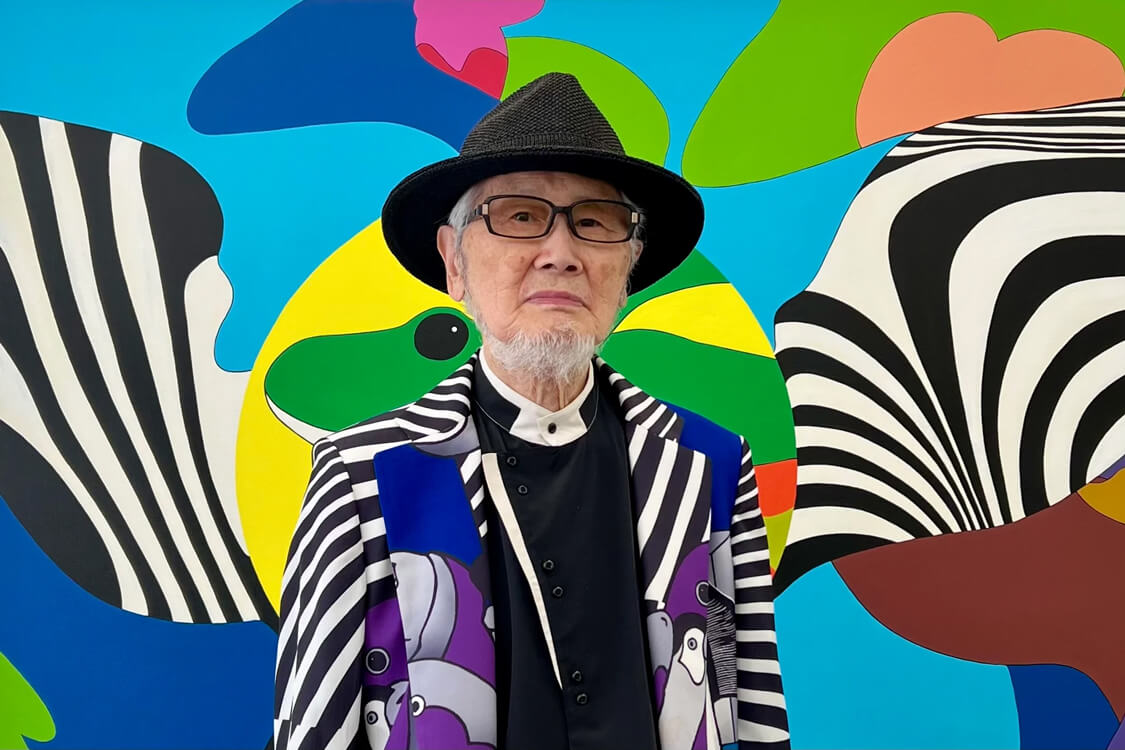
ABOUT

GO YAYANAGI
GO YAYANAGI
Born in Hokkaido, Go Yayanagi’s artistic pursuits were deeply influenced by his daily interaction and studies of animals, birds, and fish. After completing his studies at university, Yayanagi embarked on a two-year journey through the Mediterranean and Brazil, engaging in various creative activities. In the late 1960s, he further developed his skills at Atelier 17 in Paris, where he apprenticed under the venerable Stanley William Hayter. This experience allowed him to master the art of etching and lithography, laying the foundation for his paintings in the 1970s and 1980s, which incorporated similar elements of composition and colour. Inspired by his Japanese heritage and extensive travels, Yayanagi’s vibrant creations represent a captivating fusion of wildlife patterns and cultural nuances.
Yayanagi coined the term ‘Pop-Uki’, which combines ‘Pop Art’ and ‘Ukiyo-e’ to describe his unique style of paintings and prints. His works are characterised by clean, refined black lines and vibrant colours. Yayanagi views Ukiyo-e as a traditional form of Japanese Pop Art and aims to incorporate contemporary pop culture and personal experiences into this traditional medium, employing a fresh aesthetic approach. His artworks have been featured in various exhibitions, including the 11th St. Paul Biennial (1957), the 2nd Frenchen International Print Biennial (1972), and the 5th British International Print Biennial (1976).
Nobuko Watabiki painted in a uniquely curious style: ominous and joyful at the same time. The colorful, quirky characters may be her self-portrait, belying the deep introspection and path of self-discovery. The artist explored photo collage works at the beginning of her artist path and gradually established her distinctive style that utilizes Washi (Japanese paper) and oil pastel. By rubbing layers of oil pastel against Japanese paper, Watabiki creates a distinctive, fibrous and pilled texture that oozes softness and a sense of warmth. The intriguing motif, sense of void from the eyes of the characters and the prosaic title leave unforgettable resonance to audiences.






















ABOUT

NOBUKO WATABIKI
NOBUKO WATABIKI
Miyako Terakura combines slip-casting and hand-molding techniques to create ceramic sculptures portraying infants and children with delicate expressions. She gives life and uniqueness to each of her creations by adding a rosy glow or a glaze of enamel to cheeks, noses, and lips. The artist puts a particularly large amount of emotion into painting their eyes, as if this effort imbues each figure with a soul. It is her wish that as the sculptures are fired and the porcelain hardens, they become vessels that draw in the prayers of people.




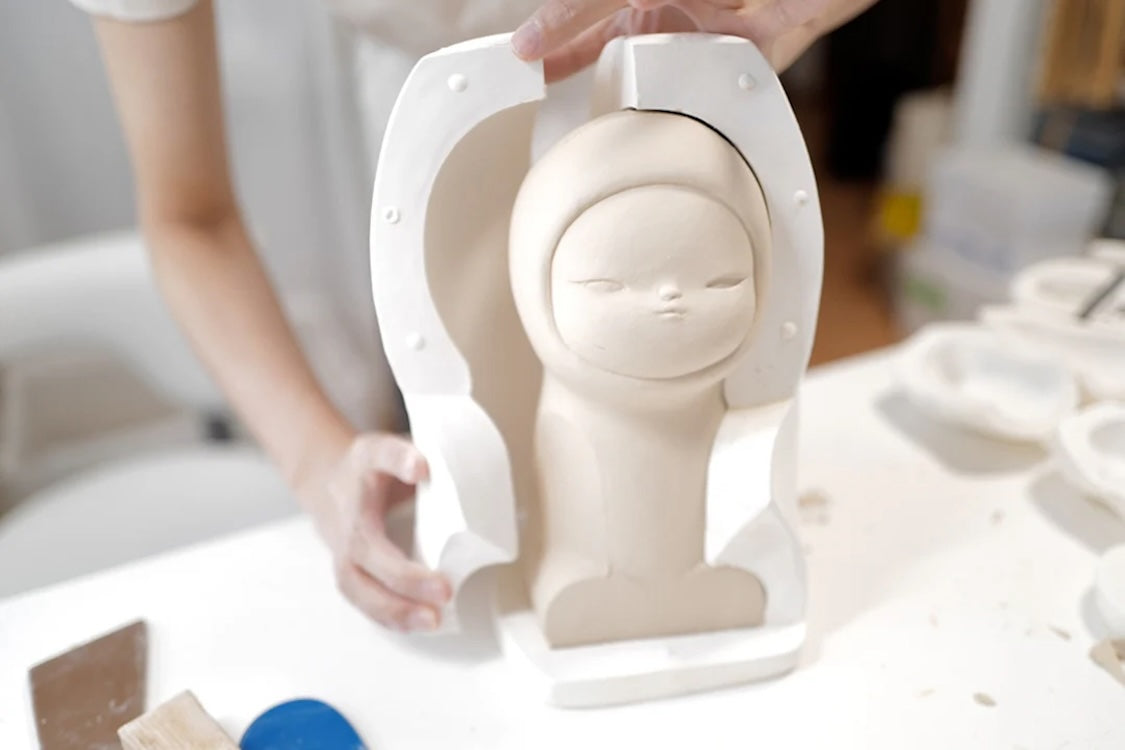
From Clay to Art | What Ceramics Mean to Miyako Terakura
Miyako Terakura Interview
ABOUT

MIYAKO TERAKURA
MIYAKO TERAKURA
Despite their individual styles and cultural backgrounds, one thing that these artists have in common is their embracement of boundaryless imagination. Through their innovative works, they invite viewers to delve into their whimsical narrative and engage with the world in an exceptional way.
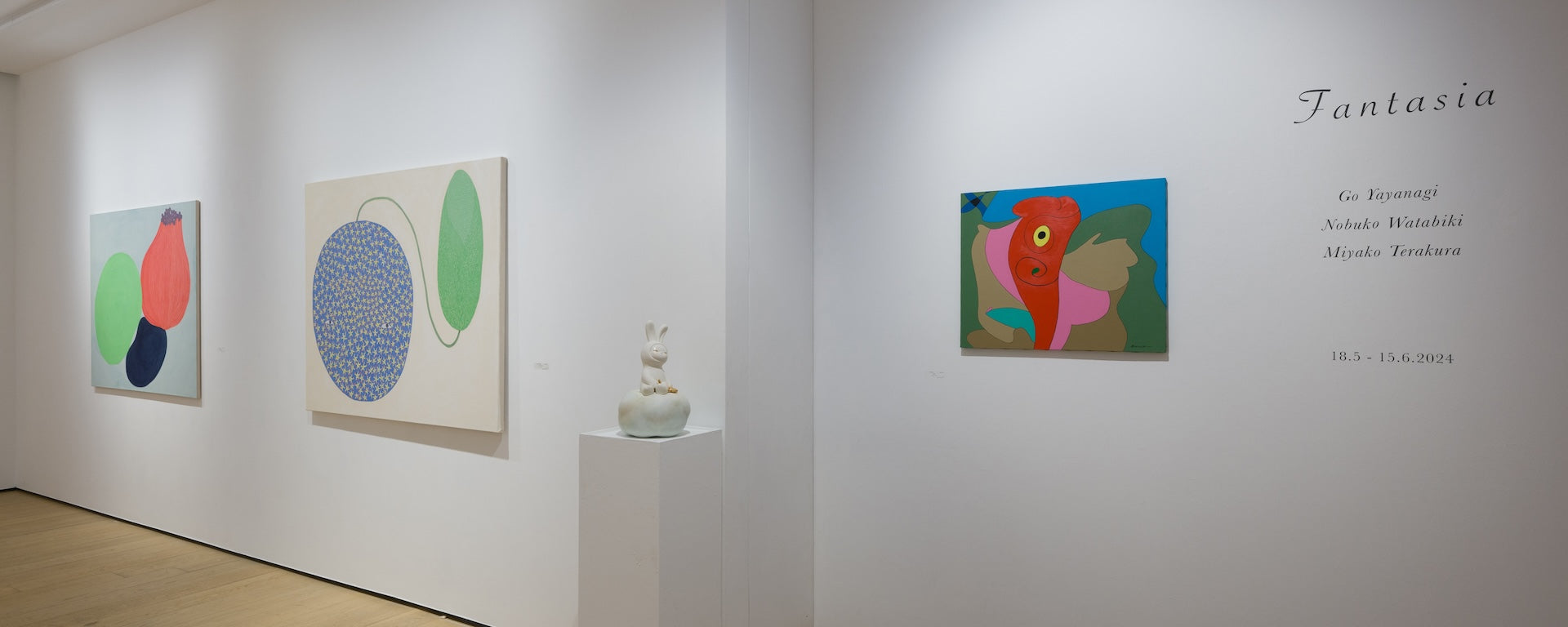
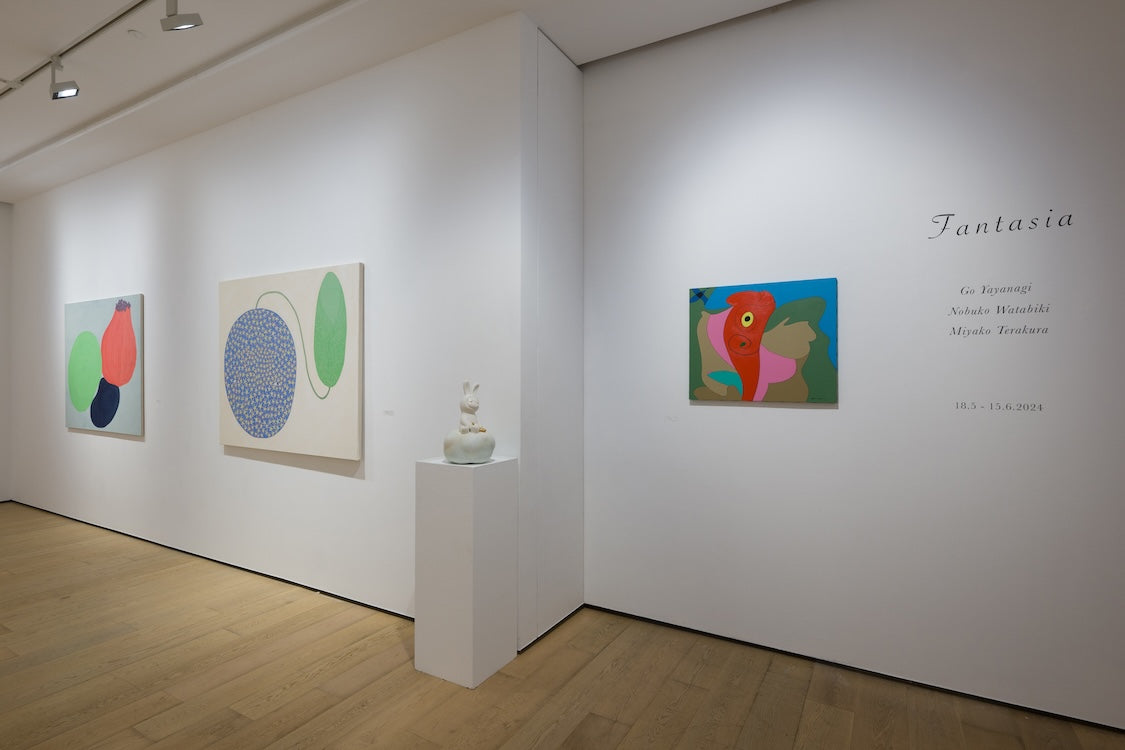
2024.05.18 – 06.15
HONG KONG / H Queen’s
Tel: +852 2523 8001
Fax: +852 2523 8005
Opening Hours: 11:00 - 19:00
Closed: Sunday, Monday

































